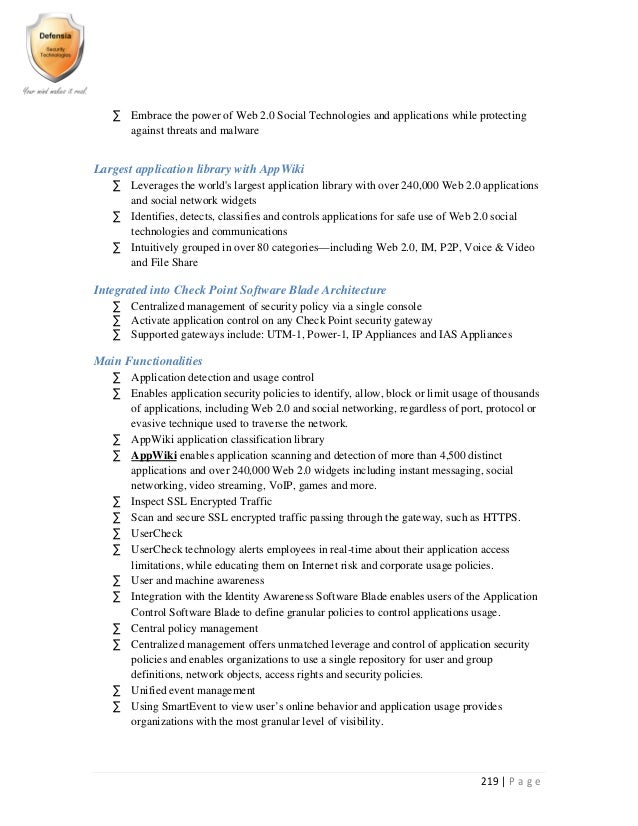
Image source: https://chovanec.files.wordpress.com/2009/11/nine_nations.png
As those cities have become importing havens, and present lucrative opportunities, entrepreneurs wish to focus their marketing efforts on smaller, second tier cities. It is a common thing to see that the level of investment required in Wuhan or Hangzhou compared to investment levels in the "big threes", tends to attract a lot of local and foreign entrepreneurs, all reaching for profit opportunities. Those booming cities often develop highly attractive investment regulations, the ROI is greater than in cities like Guangzhou, and this aspect totally meets small but "hungry" companies' expectations. They are in fact following the tracks of larger corporations that have been precursors in opening trade routes to those regions in the past. Global brands have a capacity of hedging their risks, which SMEs generally don't have.
Rejoice, for instance, a shampoo brand of Procter and Gamble, used to be a middle class brand with an average price of 18 Yuan (US$2.30) per 200ml bottle in Shanghai. Three years ago, the company started to aim at lower tier cities, by launching a new "9.9 Rejoice" series, which was sold for 9.9 Yuan (US$1.30) per 200 ml bottle.
"Before rolling it out to the nation, it took us six months to do test sales in six different lower-tier cities, and the amount sold was surprisingly satisfying," said Heidi Wang, Manager of Rejoice at Procter and Gamble. "After we officially launched it in 2004, the sales have kept on rising at a rate of double digits every year. Now I can tell you our 9.9 Rejoice is the number one brand in the middle level market of 8 to 12 Yuan,"
Last year, Kunal Sinha, executive director at Discovery Ogilvy China and his team conducted market research in over 65 lower-tier cities from the north to the south of the country, materializing in a report called "The Real China Revealed". He stated "There is a general belief that foreign brands are more expensive". But we'll see that this doesn't mean people in first tier cities give much more attention to brands than lower ties cities.
When being asked if they are willing to spend more money on well-known brands, the percentage is 38.4 percent in first-tier cities, 34.7 percent in second-tier cities and 31.6 percent in third-tier cities. According to the report, only 16.3 percent of people in third-tier cities said 'yes' to foreign brands even though the prices are higher, compared with 24.1% in tier-one cities. One easily can see there is not a big difference between first-tier and third-tier cities. Likewise, it is shown that consumers in the lower tier cities are looking for novelty and differentiation just as much as in the big cities. Chinese communication campaigns and media tools are the vectors of fast developing trends, reaching most parts of China, especially in dynamic environments.
"Innovation is absolutely important for companies surviving in China, the Chinese market is changing very fast and it's important to keep up to speed" said Sinha.
We could illustrate this example by comparing two large technology companies: Bird mobile phones and Lenovo. Bird mobiles were very popular in the mobile phone market five years ago but now it has lost its influential "stranglehold" on the market because it their product development strategy strongly lacked innovation, which is the most important driver in the market. However, Lenovo, the Beijing-based PC Company is still investing a lot of money in innovation even after purchasing IBM's personal computer section. It seems that one should never rest on his laurels, may it be a large-scaled group, or even more importantly a small corporation.
The diversity of China's market is one of its great strength, but it could be a critical business error to underestimate it. This diversity is seen through various forms (lifestyles, social class & related habits, sex and age...). "Unlike other countries, China is made up of different cities in which people have very different lifestyles, thoughts, shopping habits and even languages," said Sinha. "You have to use different strategies in different regions."
A twist has also been seen with marketers, enlarging their scope to new targets, such as older people. Being over 140 million over 60 years old, they consume up to 1.4 trillion yuan on the Chinese market, according to a government news agency (XInhua). After having lived a hard work oriented life, they have retired earning good benefits from the government and are willing to enjoy the 21st century modernity environment that local medias convey throughout the country. There is no unique success strategy for China. A business's success will depend entirely on their understanding of their targeted market, and the customized strategy they have developed for it.
The Chinese are willingly adapting Western culture and technology to their own needs and Western businesses are adapting their operations to Chinese culture. The two are meeting in the middle. Judging by the lack of foreign business in "lower tier cities" in China, in no doubt there lies production and sales opportunities awaiting foreign businesses in lower tier cities...

